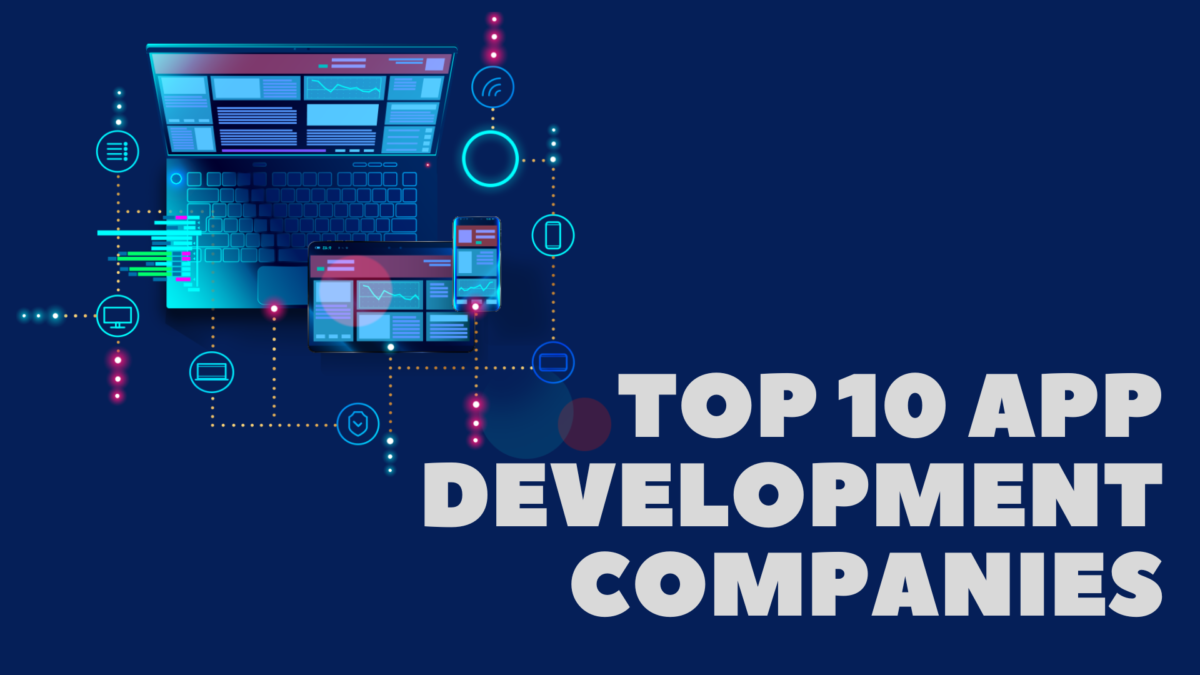What Is Video Streaming? How Does Video Streaming Works? Advantages & Technology
What is Video Streaming? Video streaming is a consistent transmission of video files from a server source to a customer. Video streaming allows users to see videos online without downloading them.
Video content that is streamed includes TV shows, movies, live-streamed content, and YouTube videos. Services like Hulu and Netflix have achieved a lot of success in video streaming to subscribers. The video streaming market is huge today.
In the video streaming process, content is delivered in a compressed format on the internet and is presented by the viewer in real-time. The media is delivered in a consistent data stream and is played as it reaches.
How Does Video Streaming Works?
Video streams generally start with a file of prerecorded media which is arranged on a remote server. When the server gets a client request, the video file data is compressed and delivered to the asking devices in bits and pieces. Video and audio files are divided into data packets, and each packet has a small part of the data.
A Transmission Protocol
User Datagram Protocol (UDP) or Transmission Control Protocol (TCP) is utilized to interchange data on a network. When the asking client gets the data packets, on the user end – a video player decompresses the data and simplifies audio and video.
Transmission Control Protocol or TCP is the more dependable protocol but User Datagram Protocol or UDP has a speedier transmission time. UDP is utilized when speed takes priority over dependability, while TCP is usually used when reliability takes priority. A lot of consumer streaming services make use of TCP while UDP is suitable for video conferencing.
To implement a video streaming solution requires high speed for optimal performance. Reduced data is required to stream low video quality, but high video quality like 1080p – which shows an advanced scan display – or 4K requires quicker data speeds for smooth play.
Advantages Of Video Streaming
Content Variety –
As the video streaming concept is wide, people can stream movies, TV shows, and user-created content from sites like YouTube, or live stream content on the web.
Cost-Effective Price –
A few video streaming services like Twitch and YouTube can be utilized for free while the other services depend on subscription models which cost less than the standard cable subscription.
Higher Consumer Freedom –
Customers are in favor of the option to choose and monitor their media schedule. With the help of an OTT service, they can correctly decide what kind of content to watch, when to watch, and on which device.
Easy content delivery –
The video is sent with the help of an open network minus any setup investment or mandatory carriage negotiations. Similarly, it only needs a compatible device connected to the web to the task.
Flexible monetization –
With video streaming, service providers have complete ownership to finalize the monetization model they require for their video content for the highest uptake, whether it be an SVOD – subscription-based, ad-based (AVOD), or a transaction-based model (TVOD).
Viewing and Data Transparency –
A few content providers also think their own video streaming solution is also known as D2C or Direct-to-Consumer is valuable to their business in place of spread out content via third-party platforms or social media like Twitch and YouTube. Both can be very helpful if you are looking for a great following or are ready for the sale of content rights and dismiss the fact of managing a D2C service.
What is Video Streaming Process?
Capture – From a camera, video is captured
Encoding – Video is transformed from informal format to compressed digital format so it can be easily delivered on the web.
Transmission – Video is sent from the capture point to the user on the internet. To convert the video into streamable, the video is broken up into tiny chunks and then sent through a video streaming protocol which happens in a video streaming server.
Decoding – The video is decompressed into a playable format. This step is not required if the file was sent making use of a compatible format.
Display – The user or viewer can see the video from a web player or application
Using Different Technologies To Improve Video Streaming
In the video streaming platform, some technologies enable to optimize the process of video streaming and know about video streaming trends. Such technologies used in video streaming help enhance the quality of the video, lower buffering, and enable support playback on separate devices like TV, tablet, and mobile. They also assist in making content protected and compliant with many regulations. So how is video streaming different from other services? Given below are a few technologies which help enhance it.
Video Transcoding –
This is the process where an already existing video file is reworked into different formats. In easy terms, this means that different versions of differing quality are made. Different formats like WMV, mpeg4, WebM, are created also.
Adaptive Bitrate Streaming –
This technology offers the well-known ‘auto’ quality alternative on YouTube. In adaptive bitrate streaming, the player mechanically identifies the user’s web connection and streams the top video quality depending on this. You can also improve video streaming with this technology.
Content Delivery Network –
A CDN or Content Delivery Network is a server in the user’s area which helps lower the distance between the actual server and the user. Instead of serving the video from the actual server each time a user watches it, the video is saved on a device called edge server, and the video is found out from this CDN server each time a user in that particular location views it. This is also called CDN video streaming.
Storage –
Enterprises can decide which location to store video content, and this is done by firms that have strict compliance and security needs. On-demand video streaming solution providers let you pick and select from where videos are streamed or places like a video streaming site.
Conclusion
The days are long gone when you had to spend hours and hours downloading music or songs. Different types of video streaming offer the ultimate convenience in consuming media – with the press of a button your show, song or movie begins instantly!










